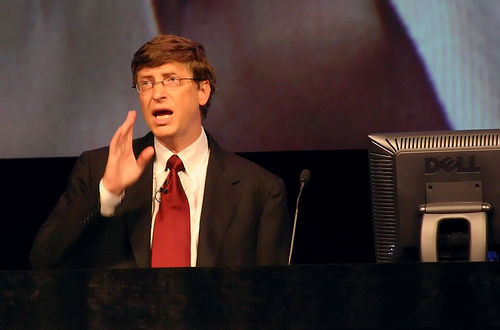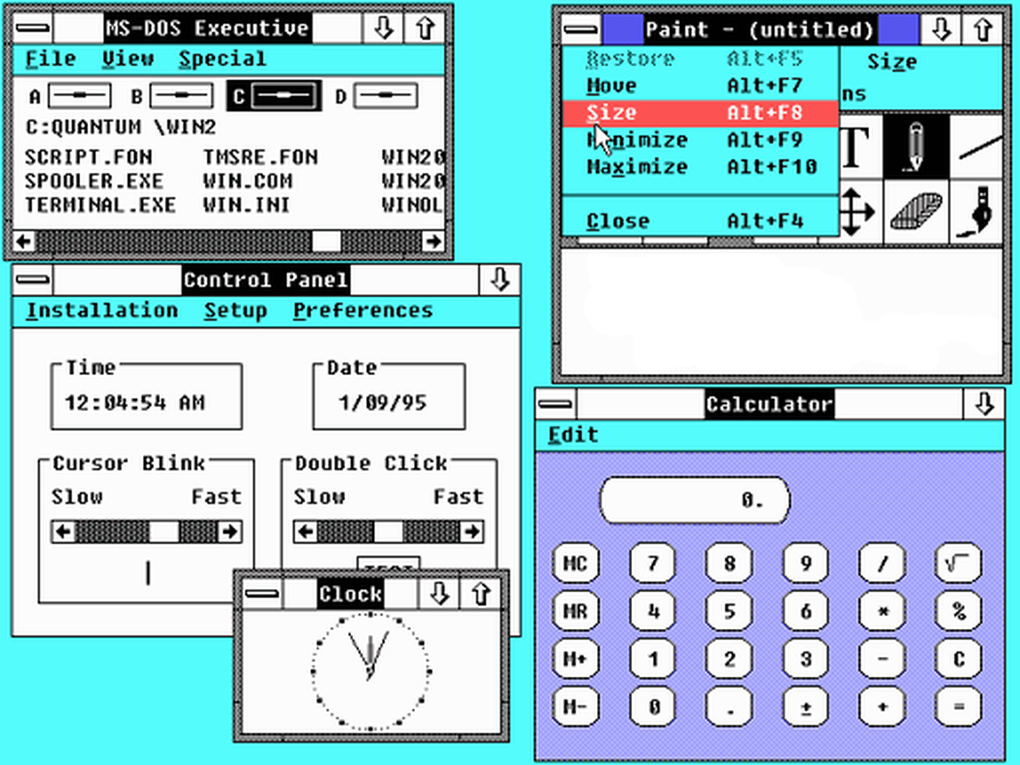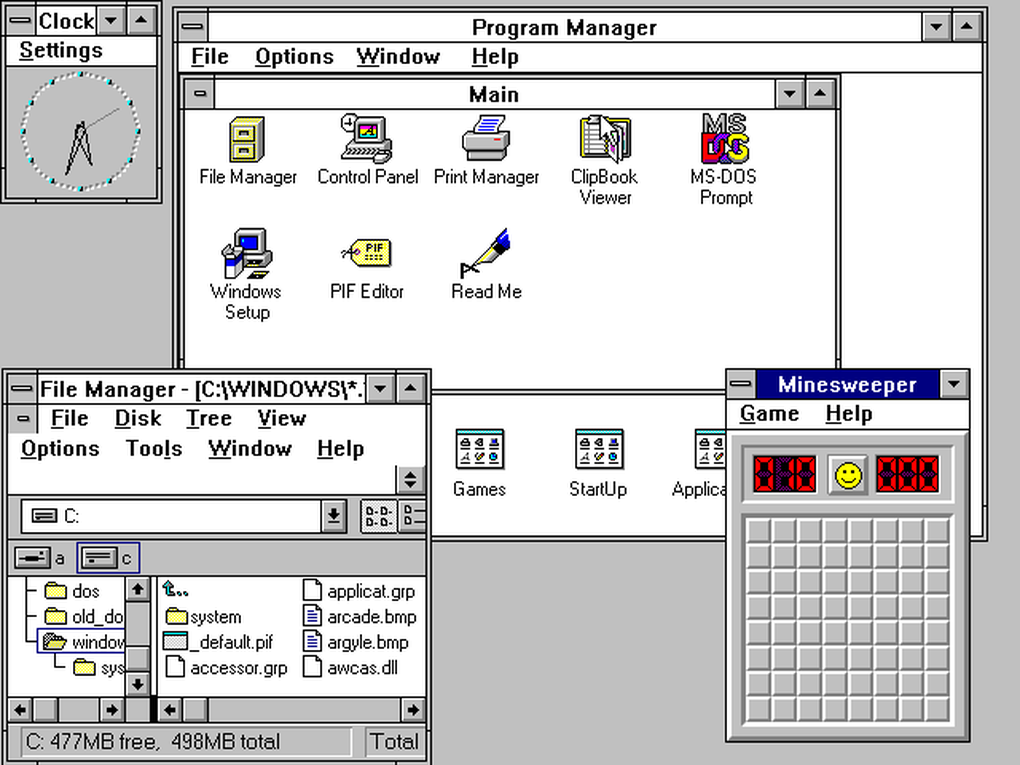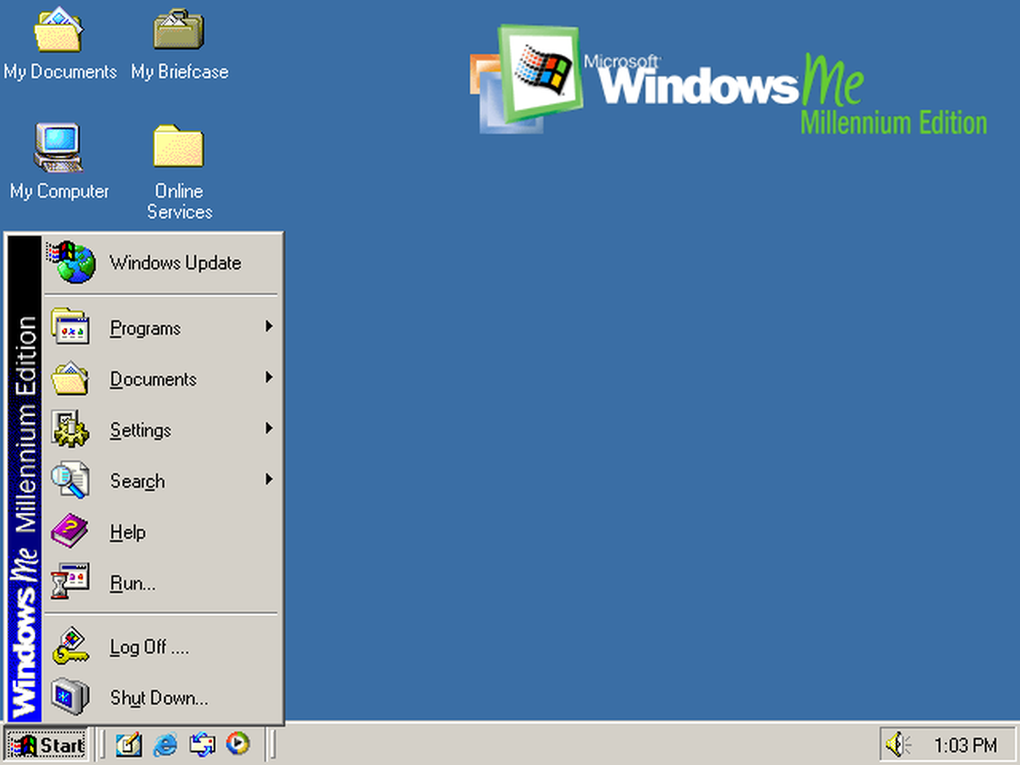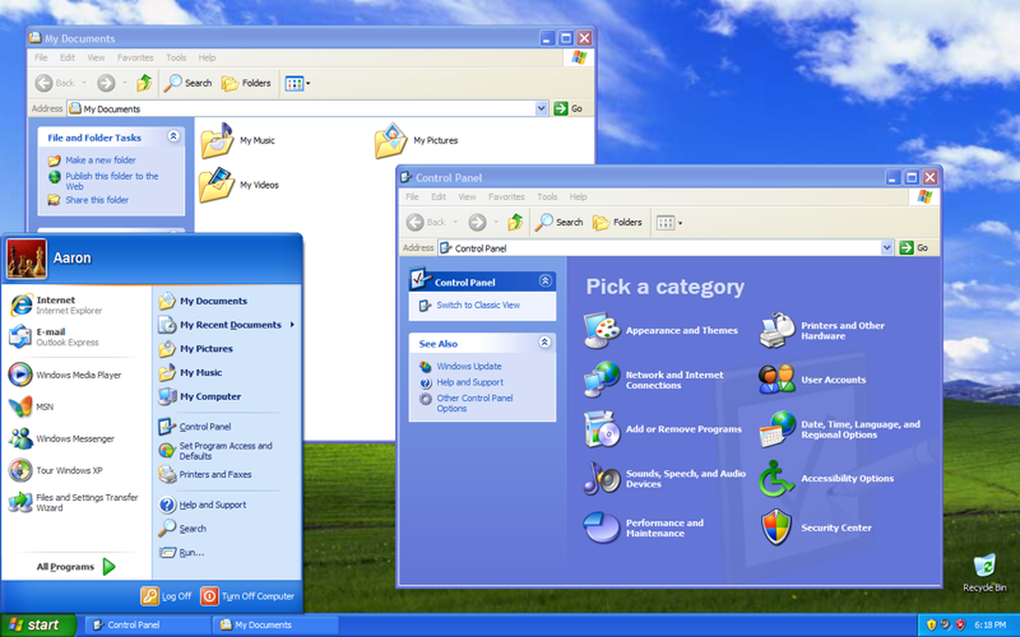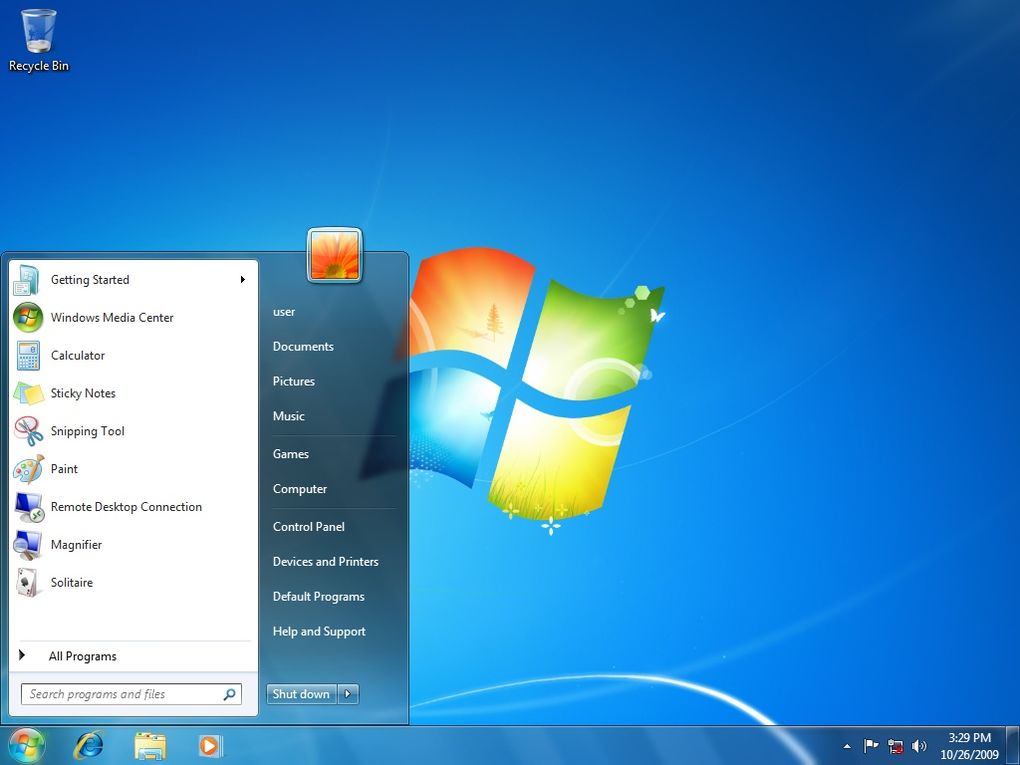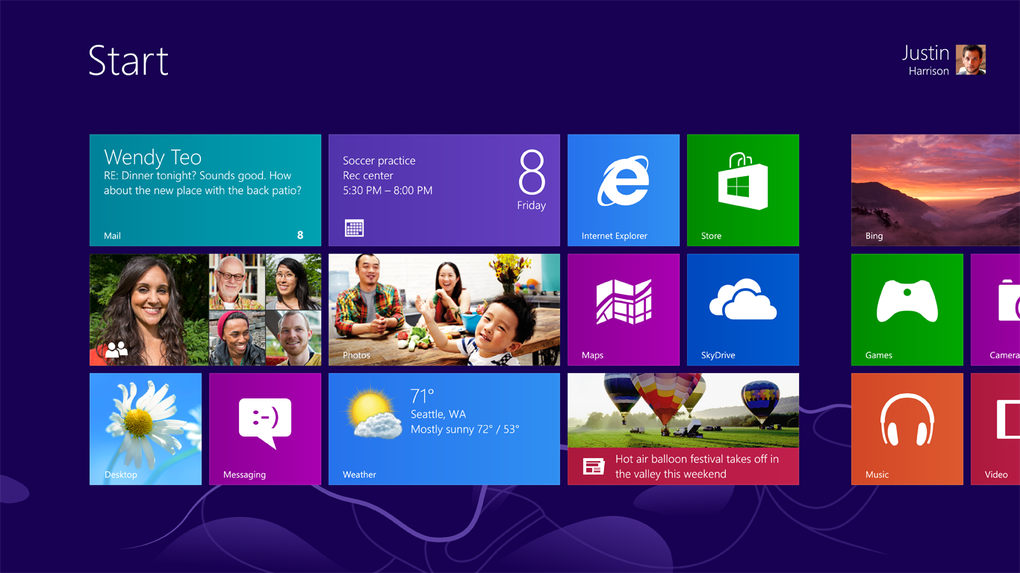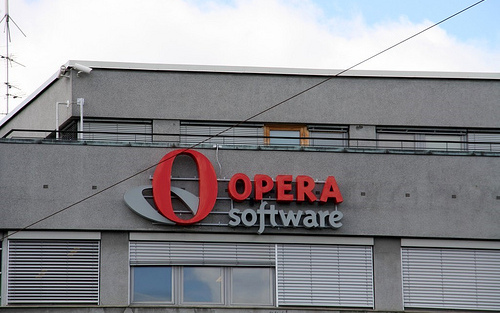30 years ago today, Microsoft released the first version of the Windows OS. The software has come a long way in those years, with 13 major upgrades. Each upgrade met with different reactions from PC reviewers.
Here’s a quick look at the evolution of Windows over the years.
Windows 1.0 (1985)
The first edition of Windows software was a flop. Erick Sandberg-Diment wrote in his New York Times column that “running Windows on a PC with 512K of memory is akin to pouring molasses in the Arctic. And the more windows you activate, the more sluggishly it performs.” John Dvorak of PC Mag wrote that, “compared with the then year-old Macintosh, it was pathetic.”
However, Windows 1.0 set the stage for Microsoft’s advancement despite all the criticism. On December 31, 2001, it was declared obsolete by Microsoft.
Windows 2.0 (1987)
This was designed for the Intel 286 processor and it ran the first versions of Microsoft Word and Excel. After its release, Apple sued Microsoft with claims that Windows 2.0 had the “look and feel” of the Macintosh OS. The judge presiding the case dropped all but ten of the charges.
As for the OS itself, it was a big improvement on the first version and met with better reception than its predecessor.
Windows 3.0 (1990)
The ‘legendary’ game, Solitaire, first came with this version of Windows. So also did Notepad. And for the first time, VGA colour mode was supported. 3.0 was also the first Windows to programs run in protected mode. While DOS remained dominant at the time, Windows 3.0 started seeing widespread use.
Windows NT 3.5 (1994)
Microsoft’s fourth Windows release was its first to implement Microsoft DNS through the Windows NT 3.5 Resource Kit.
Windows 95 (1995)
Windows features such as the start menu and taskbar first appeared on Windows 95. Later on, Internet Explorer was added in an update to this version.
Windows 98 (1998)
The famous startup sound for Microsoft was incorporated into this version. It was composed by Ken Kato.
Windows ME (2000)
This is also known as the Windows Millennium Edition. This edition was targeted specifically to home users and it included software such as Windows Movie Maker, Windows Media Player 7 and Internet Explorer 5.5.
Windows 2000 (2000)
Four different editions of Windows 2000 were released: Professional, Server, Advanced Server, and Datacenter Server. each edition was targeted at a different audience.
Windows XP (2001)
When Windows XP was released, it received generally positive reviews for its improved user interface (UI), improved performance and hardware support, and its expanded multimedia capabilities.
Many people still use Windows XP till today. In September 2015, it became the most popular OS in Cuba, surpassing Windows 7.
Windows Vista (2007)
This version of Windows came out five years after its last upgrade. When Vista came out, it met with a lot of criticism. Some of which were aimed at its high system requirements.
Vista has four different visual styles: Vista Basic, Vista Standard, Aero and Standard (no it’s not a repetition).
Windows 7 (2009)
Windows 7 produced improvements on the Windows Aero user interface and added a redesigned taskbar. The new taskbar allowed applications to be pinned to it. Windows 7 also included support for multitouch input.
Windows 8 (2012)
Windows 8’s improved performance, security enhancements and improved touchscreen support were positively received. But it’s user interface was widely criticized. Users said it was confusing and difficult to learn.
Windows 10 (2015)
Windows 10 is Microsoft’s latest OS. It met with positive reviews for its user interface mechanics. However, it limits how users can control operations. Windows 10 installs all updates automatically and leaves users with no option of selectively installing updates. This is one of its criticisms.
The evolution of Windows in less than three minutes:
Photo Credit: deVos via Compfight cc









